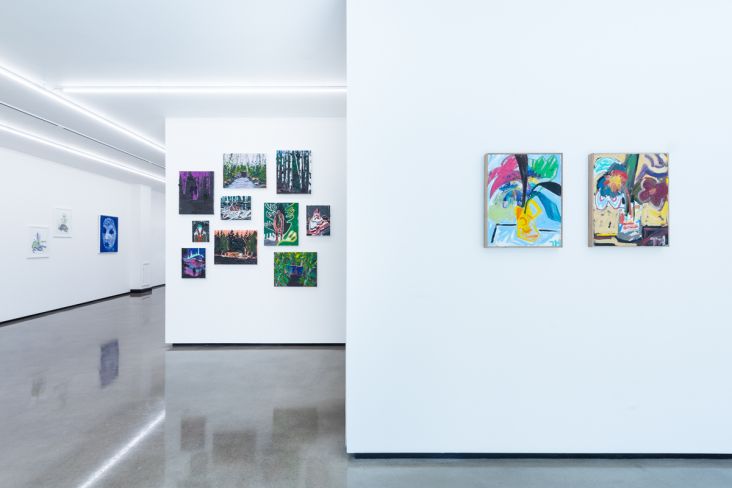Drawn in Colour: Degas from the Burrell dances into the National Gallery this autumn
"People call me the painter of dancers, but I really wish to capture movement itself," Edgar Degas, once famously said. And this autumn, you'll have the rare opportunity to see a stunning group of his artworks at the National Gallery from the Burrell Collection in Glasgow. This will be the first time that most of them will be seen outside the Scottish city since they were acquired at the beginning of the 20th century.
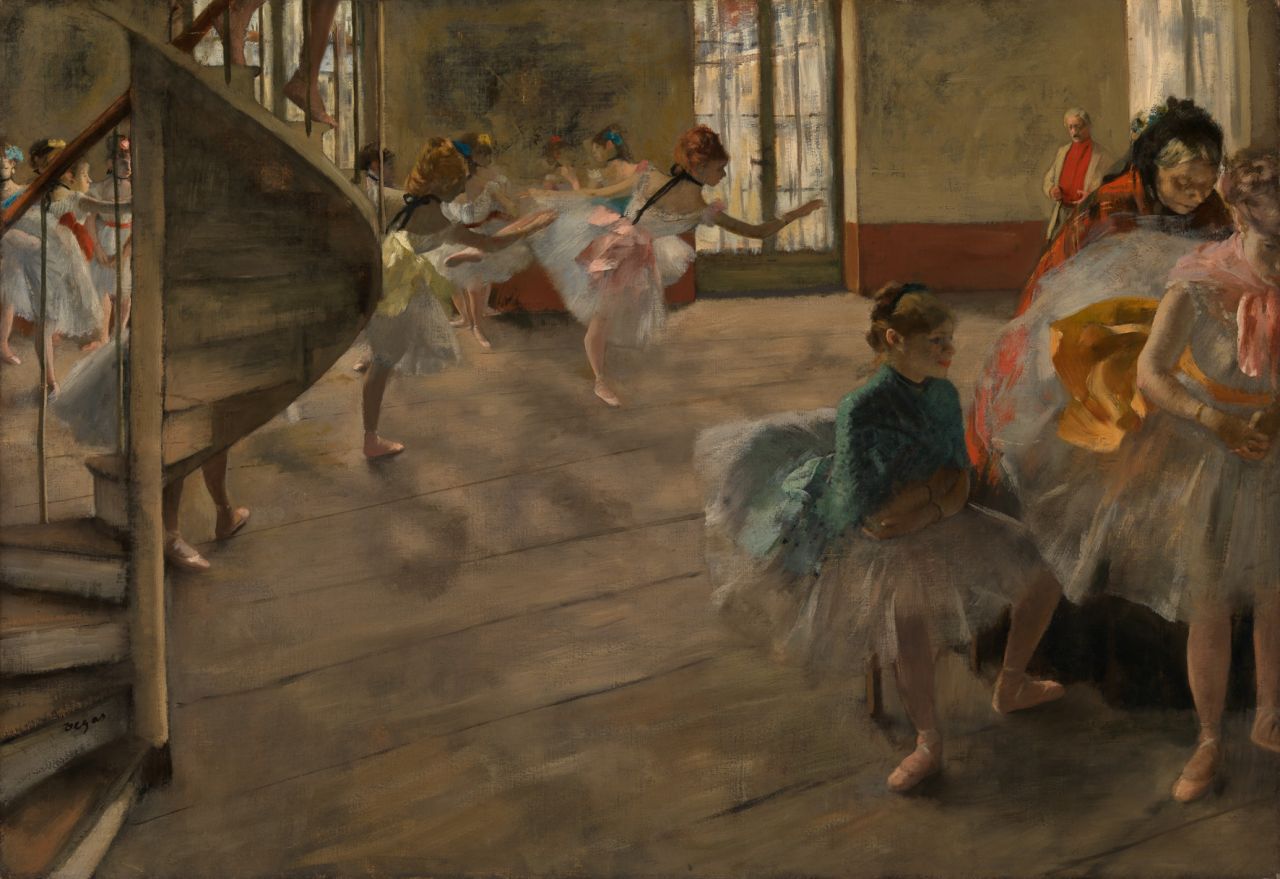
Hilaire-Germain-Edgar Degas The Rehearsal about 1874 Oil on canvas 58.4 × 83.8 cm The Burrell Collection, Glasgow (35.246) © CSG CIC Glasgow Museums Collection
Marking the centenary of the artist’s death on 27 September 1917, Drawn in Colour: Degas from the Burrell is also a fitting tribute to one of the greatest creative figures of French art.
Shipping magnate Sir William Burrell (1861–1958) amassed one of the finest collections of Degas pastels in the world; encompassing works from every period of his career and representative of some of his favourite subjects: the ballet, horse racing, and the private world of women at their toilette. They form part of the collection of nine thousand objects including tapestries, stained glass, sculpture, and paintings that Burrell gifted to the city of Glasgow in 1944.
The 13 pastels, three drawings, and four oil paintings, will be exhibited in London alongside a selection of oil paintings and pastels from the National Gallery’s own Degas collection, as well as loans from other collections which relate thematically or stylistically to the Burrell works.
Degas was one of the greatest artistic innovators of his age. He turned from the traditional subjects and technical conventions of his training to find new ways to depict modern, urban life. In Degas’s work, both the highs and lows of Parisian life are depicted: from scenes of elegant spectators and jockeys at the racecourse, to tired young women ironing in subterranean workshops. Among Degas’s many contributions to the development of art was a relentless technical experimentation with materials, particularly with the supremely flexible medium of pastel that he came to prefer over painting in oil. The range of materials and the cross-fertilisation of effects and techniques he used helped him develop a remarkably distinctive and deeply personal vision. Degas’s interest in Japanese prints, photography, and ancient classical friezes probably informed his innovative approach to composition.
Main image: Hilaire-Germain-Edgar Degas The Rehearsal about 1874 Oil on canvas 58.4 × 83.8 cm The Burrell Collection, Glasgow (35.246) © CSG CIC Glasgow Museums Collection
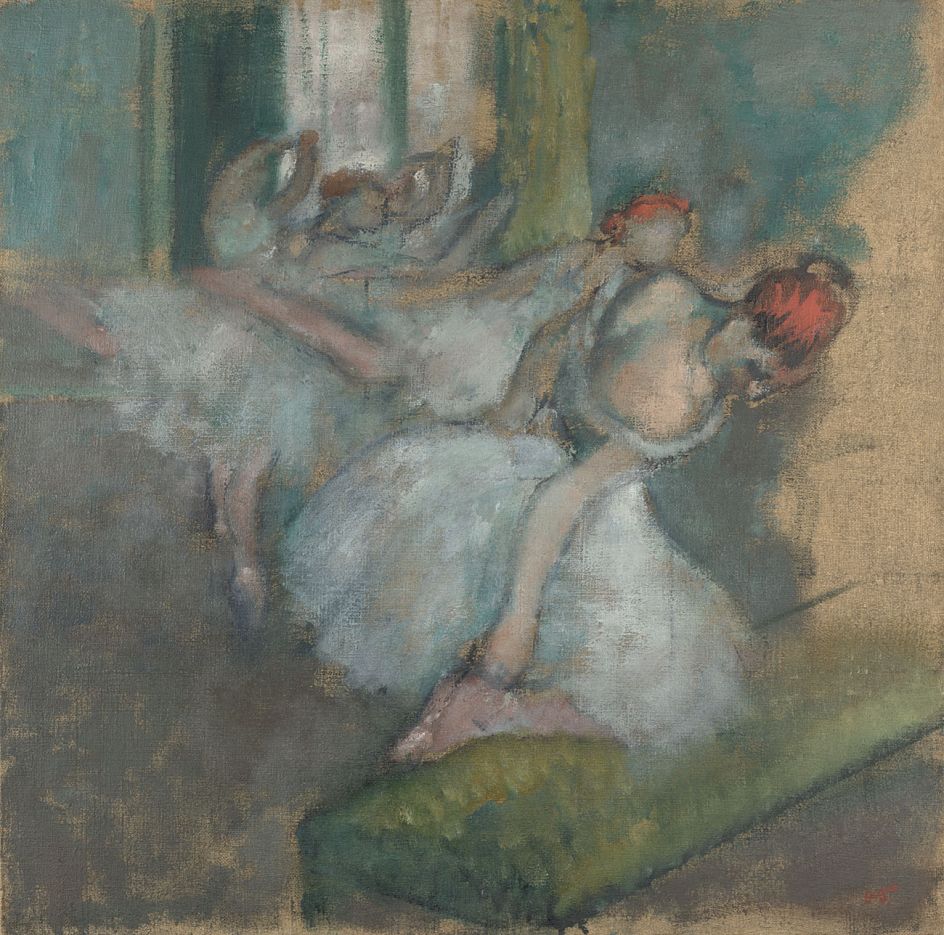
Hilaire-Germain-Edgar Degas Ballet Dancers about 1890-1900 Oil on canvas 72.5 x 73 cm © The National Gallery, London
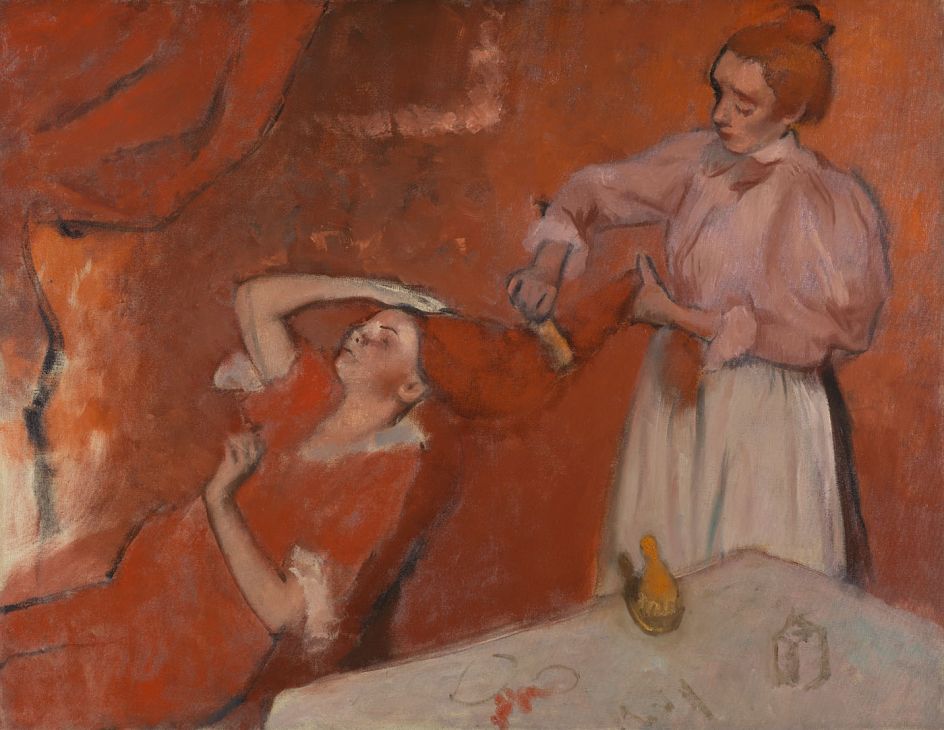
Hilaire-Germain-Edgar Degas Combing the Hair about 1896 Oil on canvas 114.3 x 146.7 cm © The National Gallery, London
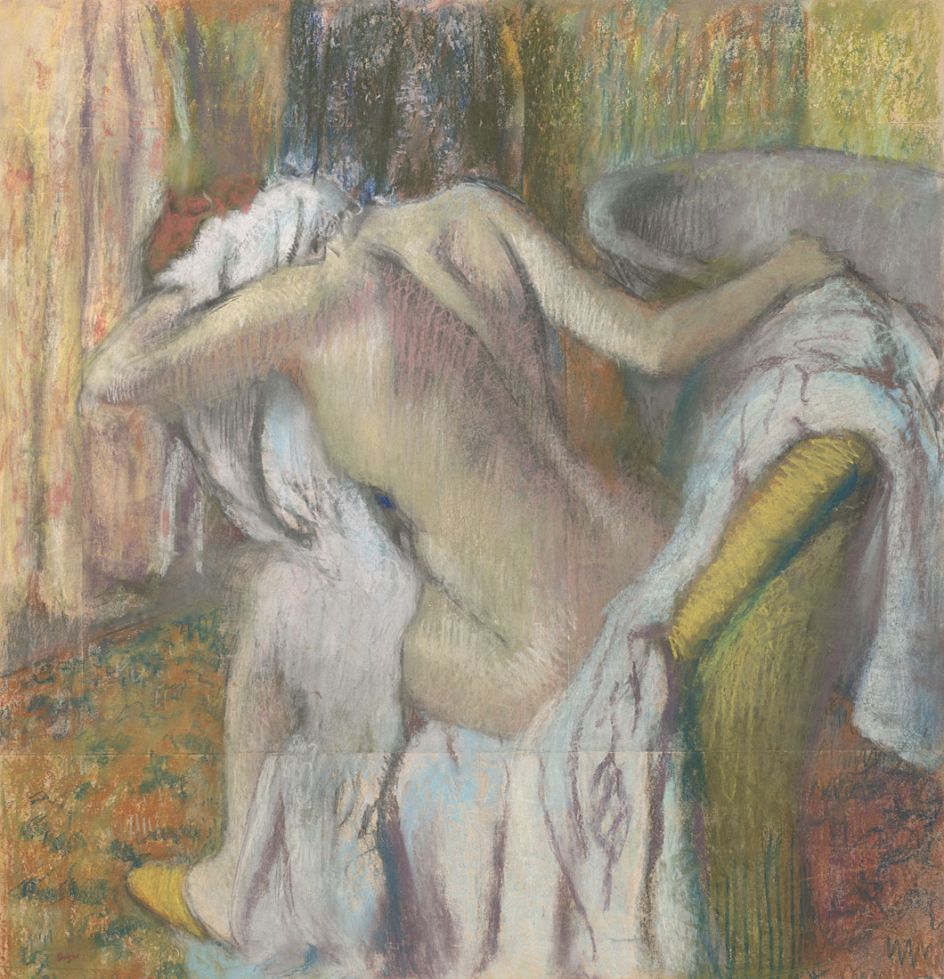
Hilaire-Germain-Edgar Degas After the Bath, Woman drying herself about 1890-5 Pastel on paper 103.5 x 98.5 cm © The National Gallery, London
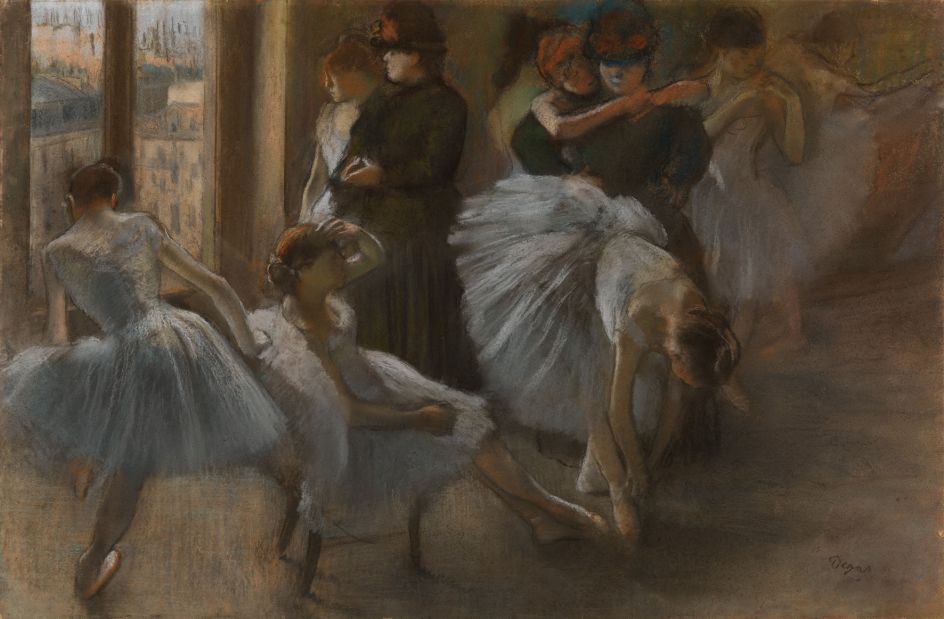
Hilaire-Germain-Edgar Degas Preparation for the Class about 1877 Pastel on paper 58 x 83 cm The Burrell Collection, Glasgow (35.238) © CSG CIC Glasgow Museums Collection
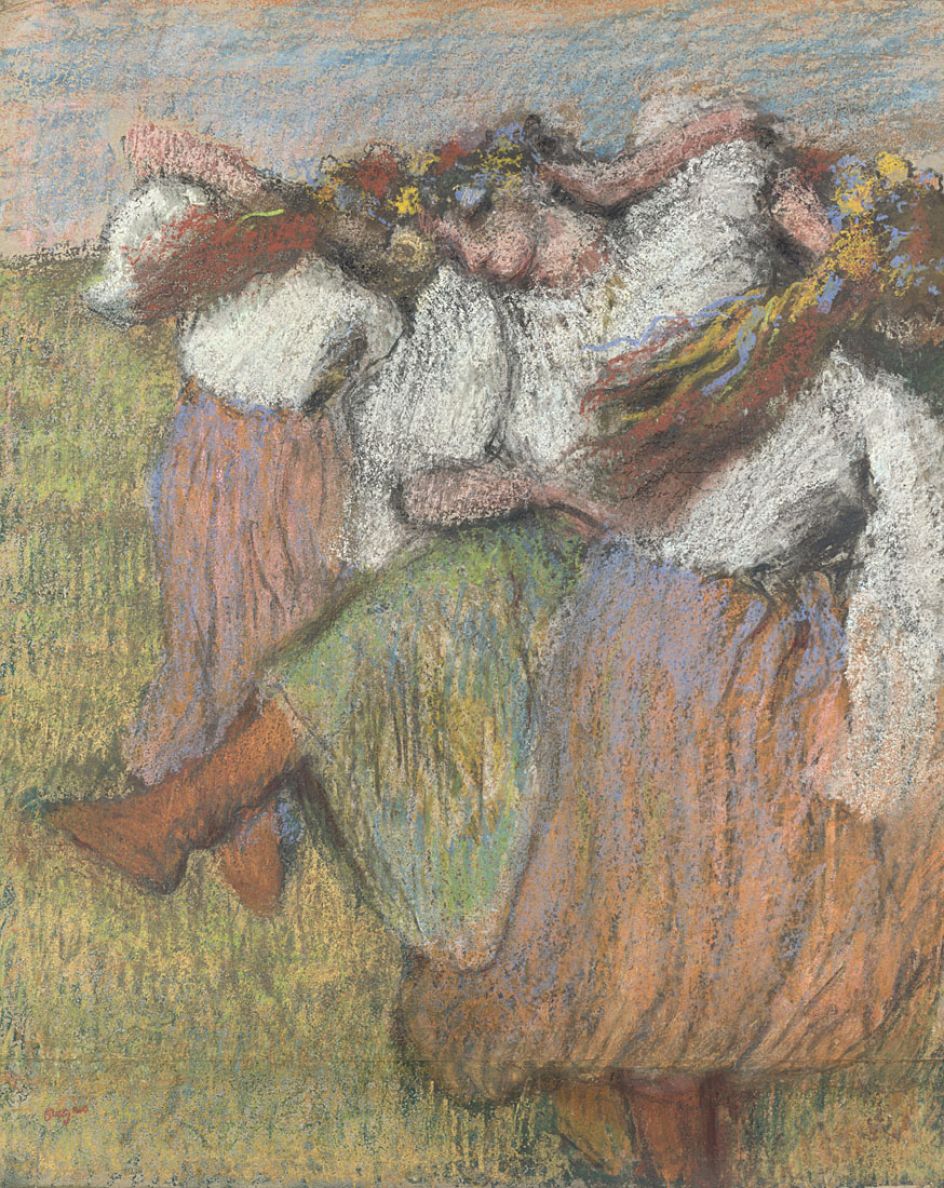
Hilaire-Germain-Edgar Degas Russian Dancers about 1899 Pastel and charcoal on tracing paper 73 x 59.1 cm © The National Gallery, London
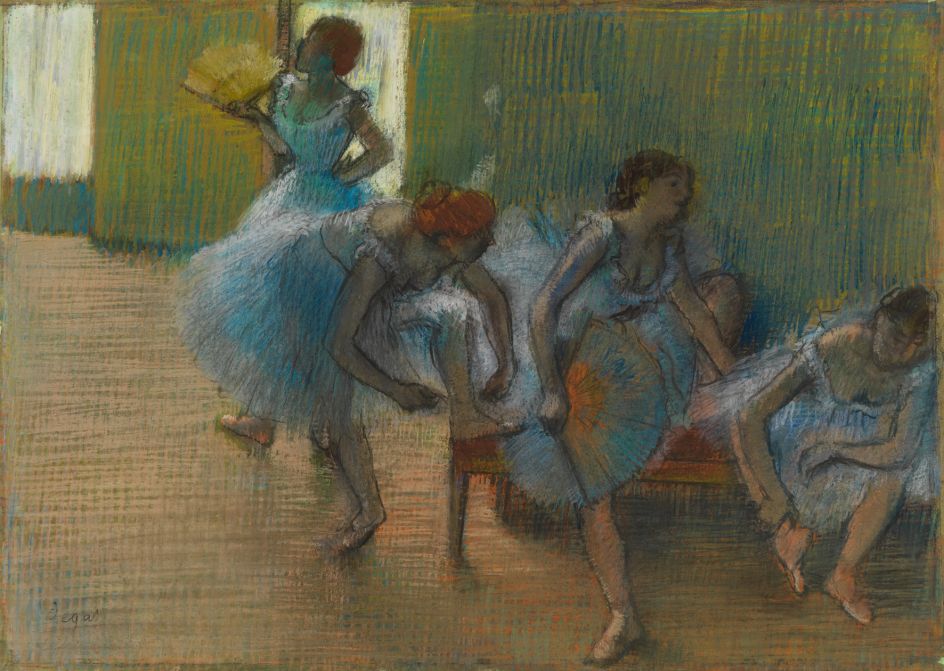
Hilaire-Germain-Edgar Degas Dancers on a Bench about 1898 Pastel on tracing paper 54.8 × 76 cm Glasgow Museums: Art Gallery & Museums, Kelvingrove (2441) © CSG CIC Glasgow Museums Collection
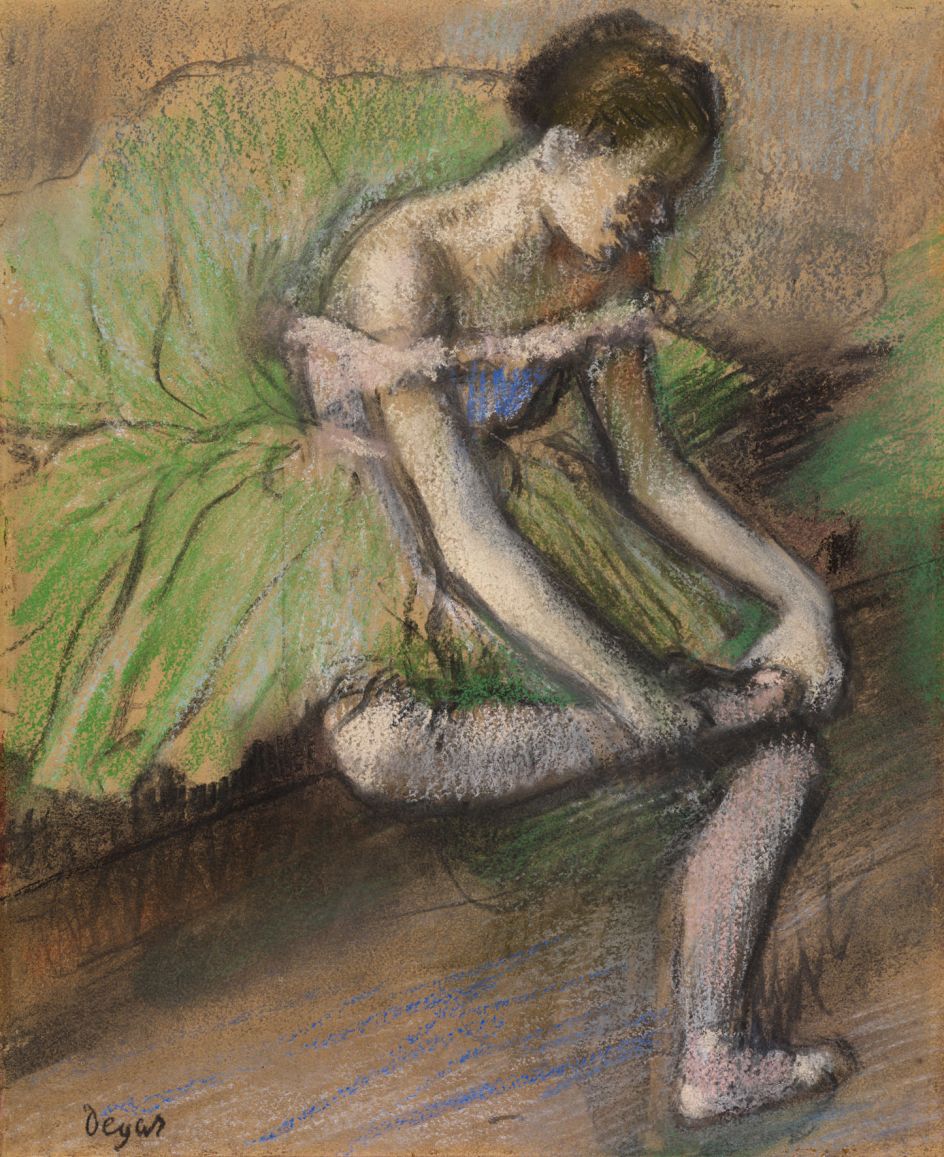
Hilaire-Germain-Edgar Degas The Green Ballet Skirt about 1896 Pastel on tracing paper 45 x 37 cm The Burrell Collection, Glasgow (35.242) © CSG CIC Glasgow Museums Collection
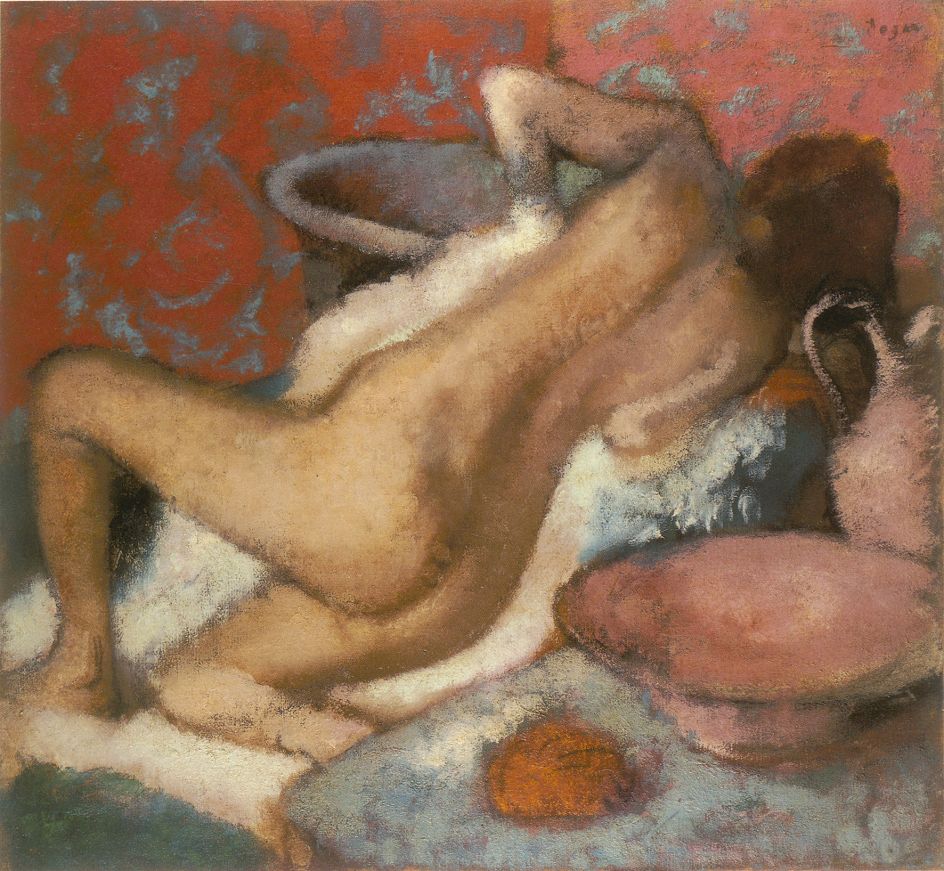
Hilaire-Germain-Edgar Degas After the Bath, about 1896 Oil on canvas, 74.9 x 81.3 cm The National Gallery, London. Bequeathed by Simon Sainsbury 2006 © The National Gallery, London
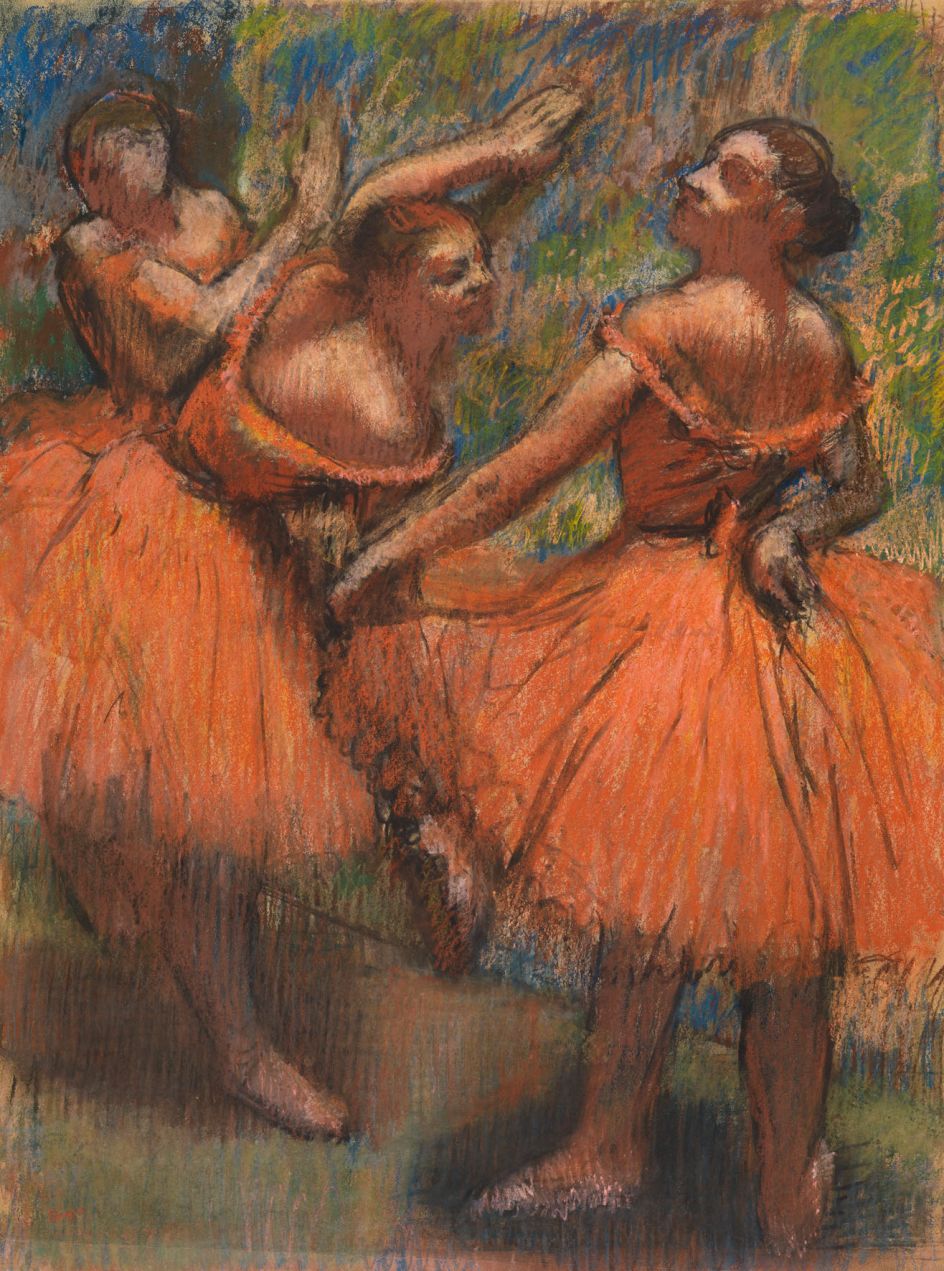
Hilaire-Germain-Edgar Degas The Red Ballet Skirts about 1900 Pastel on tracing paper 76.8 × 57.8 cm The Burrell Collection, Glasgow (35.243) © CSG CIC Glasgow Museums Collection




 by Tüpokompanii](https://www.creativeboom.com/upload/articles/58/58684538770fb5b428dc1882f7a732f153500153_732.jpg)


 using <a href="https://www.ohnotype.co/fonts/obviously" target="_blank">Obviously</a> by Oh No Type Co., Art Director, Brand & Creative—Spotify](https://www.creativeboom.com/upload/articles/6e/6ed31eddc26fa563f213fc76d6993dab9231ffe4_732.jpg)











